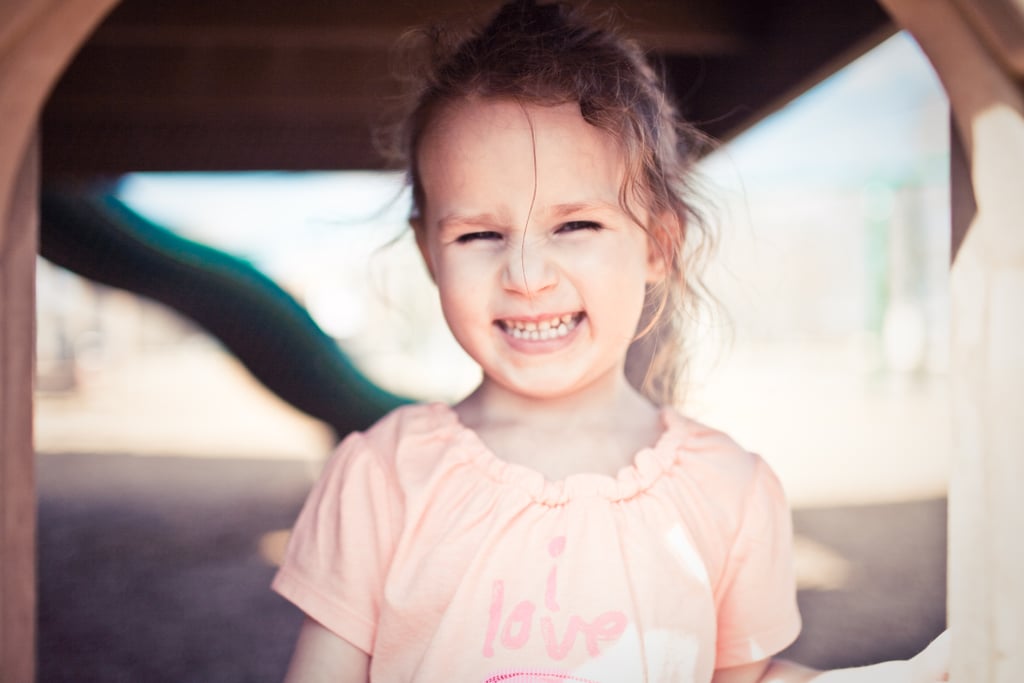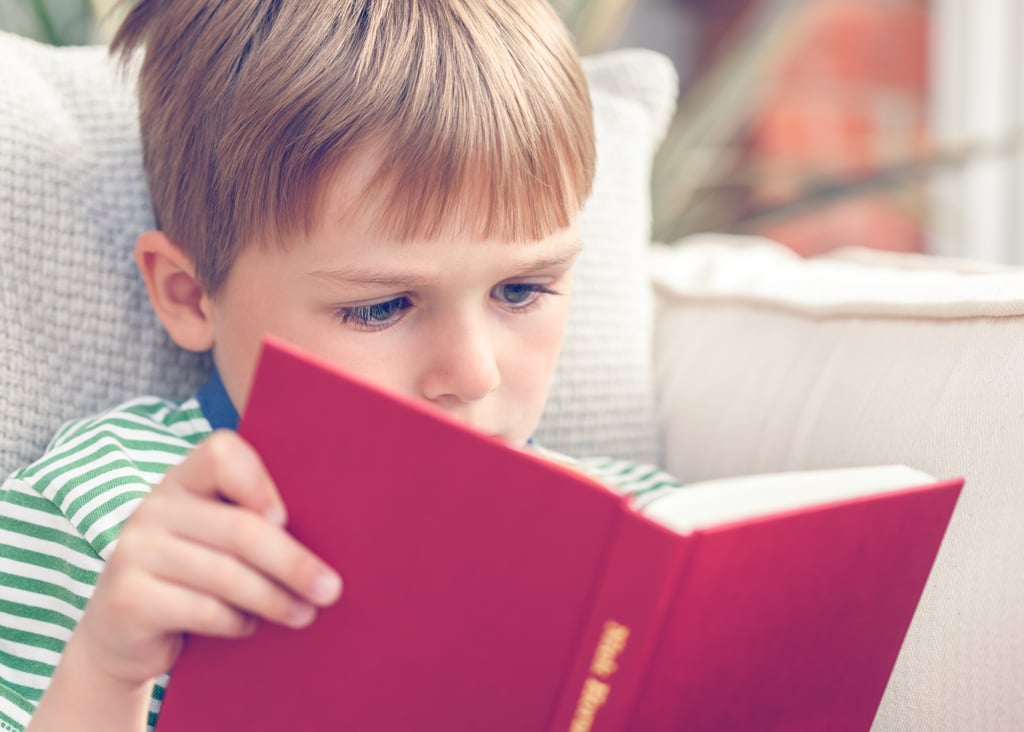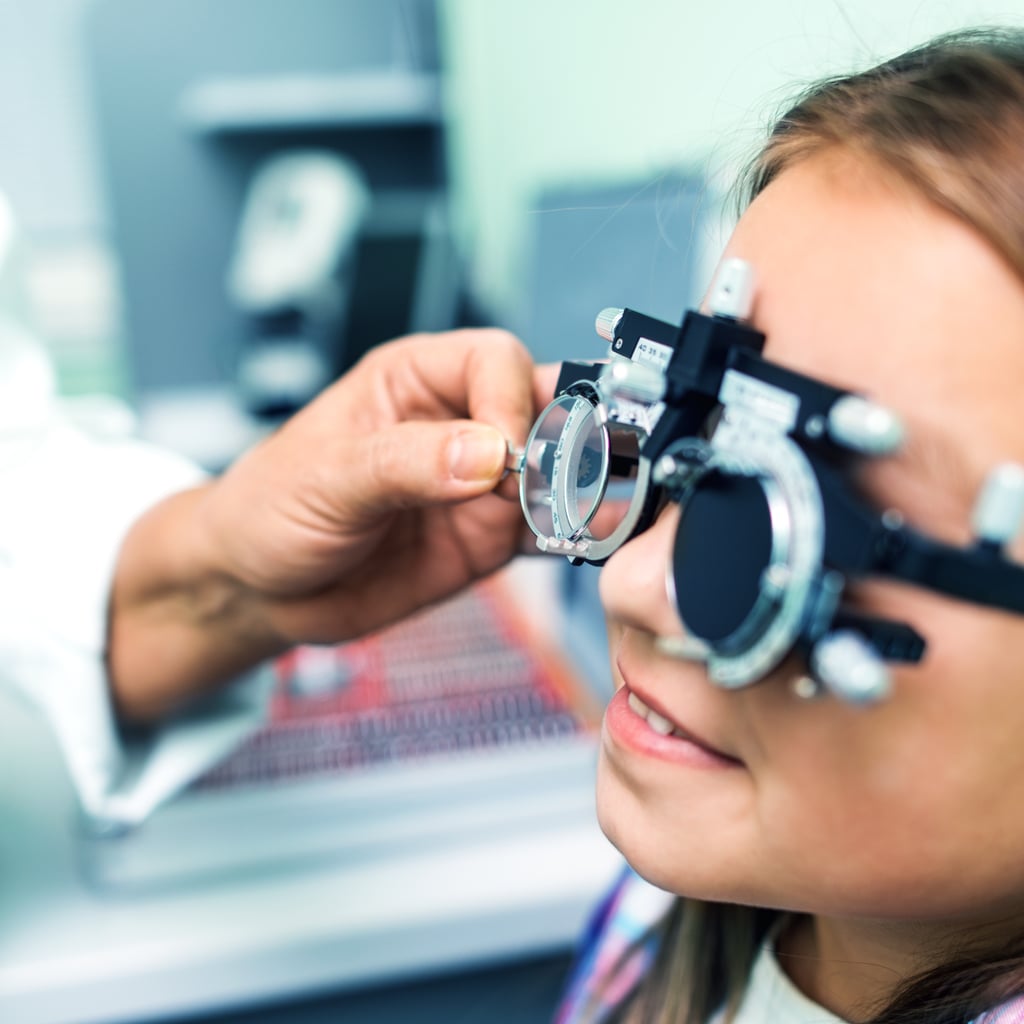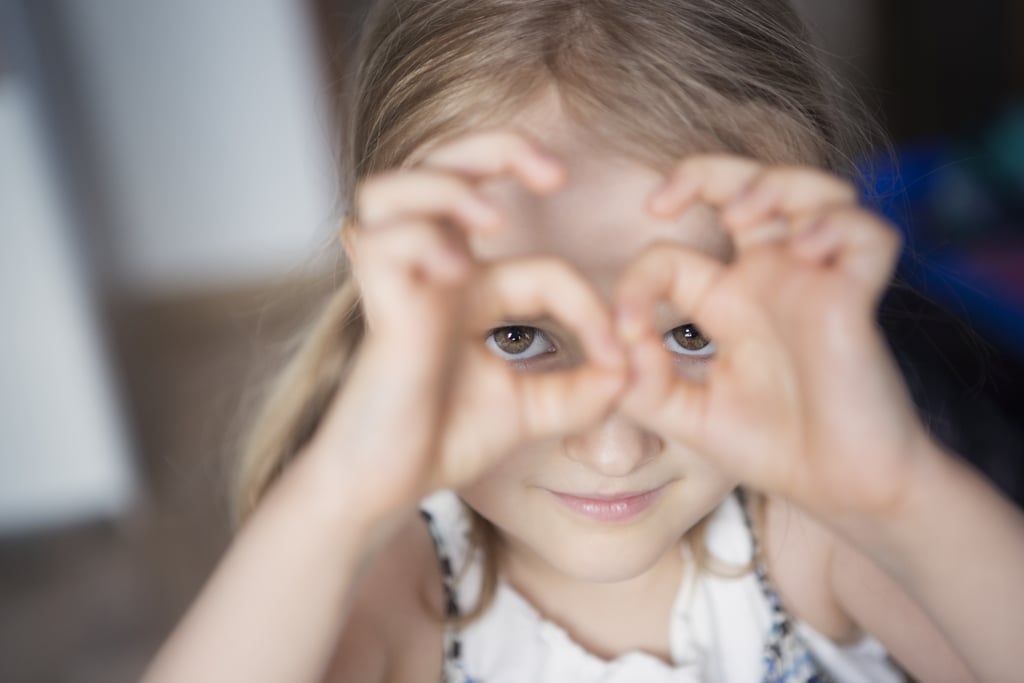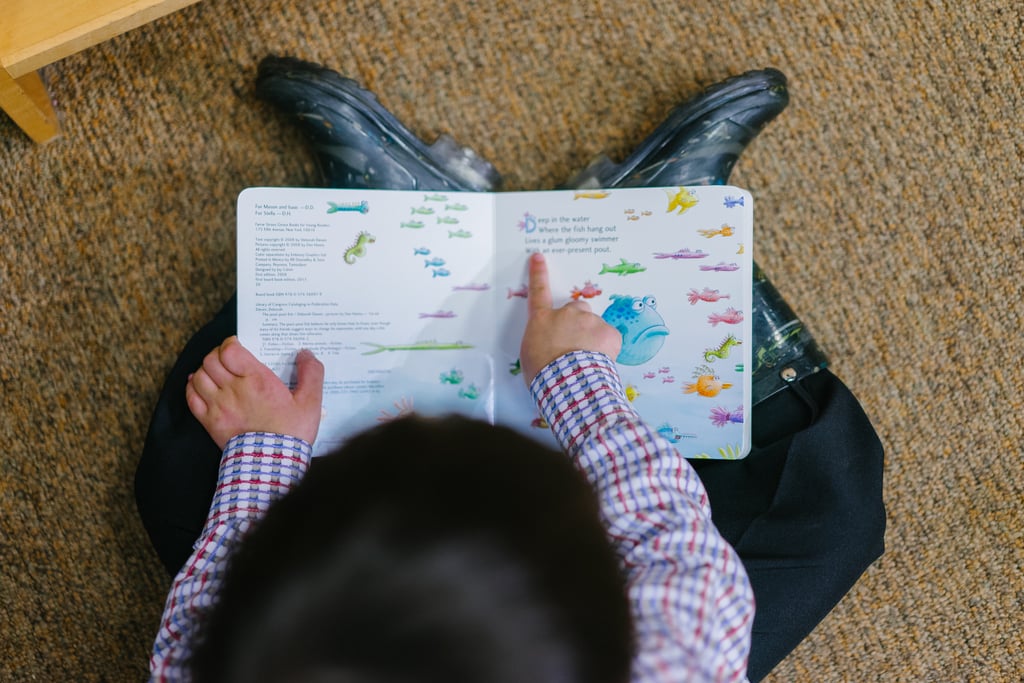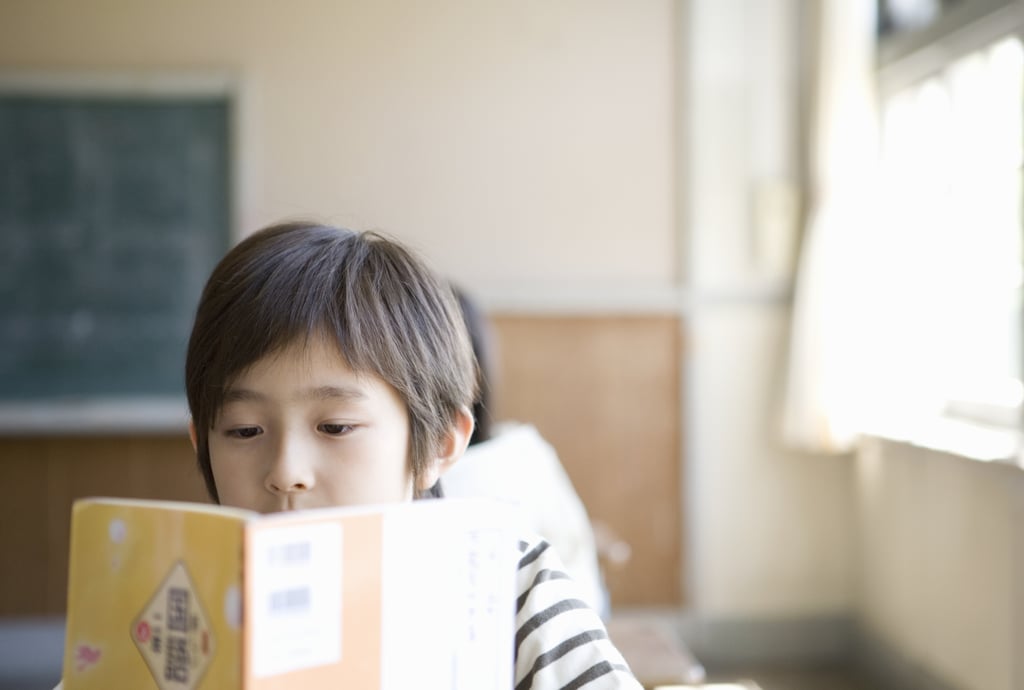Vision checks are an important part of your child's health care. "Your child should be getting their vision checked in their pediatrician or primary care provider's office from infancy on," says David R. Weakley, MD [1], director of pediatric ophthalmology at Children's Health in Dallas, Texas, and professor of ophthalmology and pediatrics at UT Southwestern. "Most pediatrician and primary care physician offices today are equipped to provide vision screening that can determine the need for glasses as well as other eye problems." But even with those yearly checks, minor eye issues may still be overlooked in a basic eye exam. According to Dr. Weakley, if parents see their child exhibit some of these 11 behaviours, they should contact their pediatrician or primary care provider to see if a referral to an ophthalmologist is necessary. Keep reading for the signs you should watch out for.
Squinting
"If your child has farsightedness [2] [where objects that are near are blurry], they may squint to see more clearly," says Dr. Weakley. Since squinting temporarily improves vision, this is a sign of your child compensating for poor vision.
Tilting or Turning the Head to See Better
Children who have farsightedness, astigmatism [4] (where the cornea is irregularly shaped and causes blurred vision), or a lazy eye [5] (also known as amblyopia, in which one eye develops poor vision) may tilt or turn their head to see better to compensate for eye misalignments, double vision, and eye muscle imbalance.
"Watch for signs of extreme farsightedness, which may cause one or both eyes to cross inwards," says Dr. Weakley. "An eye that turns in or out may be an indication your child needs glasses, but it might also suggest a more serious problem [like thyroid eye disease and Duane syndrome] and should be evaluated as soon as possible so talk to your pediatrician."
Holding Things Close to the Face
Has your child started sitting on the floor, closer to the TV, during movie time? "If your child is nearsighted [6] [meaning he or she can see objects that are near, but things far away are blurry], they might hold things close to their face or they may get close to the television," says Dr. Weakley.
Covering One Eye
Children with astigmatism struggle to bring objects into focus. Your child might be covering one eye to read a book or when looking at their iPad, which is a signal that they might have the condition. Covering one eye may also be a sign of school work [7]. In a classroom setting, children need to adapt visual focus quickly between a variety of objects that are near and far. As students struggle to find visual focus as they look from a chalkboard or smart board to their paper or book on their desk, they may lose concentration. If your child is suddenly showing a decline in school performance [8], talk to their teacher to see if vision might be problem.
Eye Tearing
Excessive eye tearing is linked to a condition called lagophthalmos, a condition that prevents your eyes from closing all the way while sleeping [9], says Dr. Weakley. Since the eyelids do not close fully, the eyes dry out and frequently tear during the day.
Finger Pointing While Reading
Although many children use their finger to keep their place as they learn to read, especially new readers, this may be a sign of vision problems. Amblyopia [10] or lazy eye causes words or letters to appear very close together, making them difficult to recognise.
Trouble Reading
Reading is a difficult skill for most children [11], but those with vision issues will struggle even more. If you notice your child has difficulty keeping their place while reading or frequently skips lines and loses their spot, get their eyes checked out.
